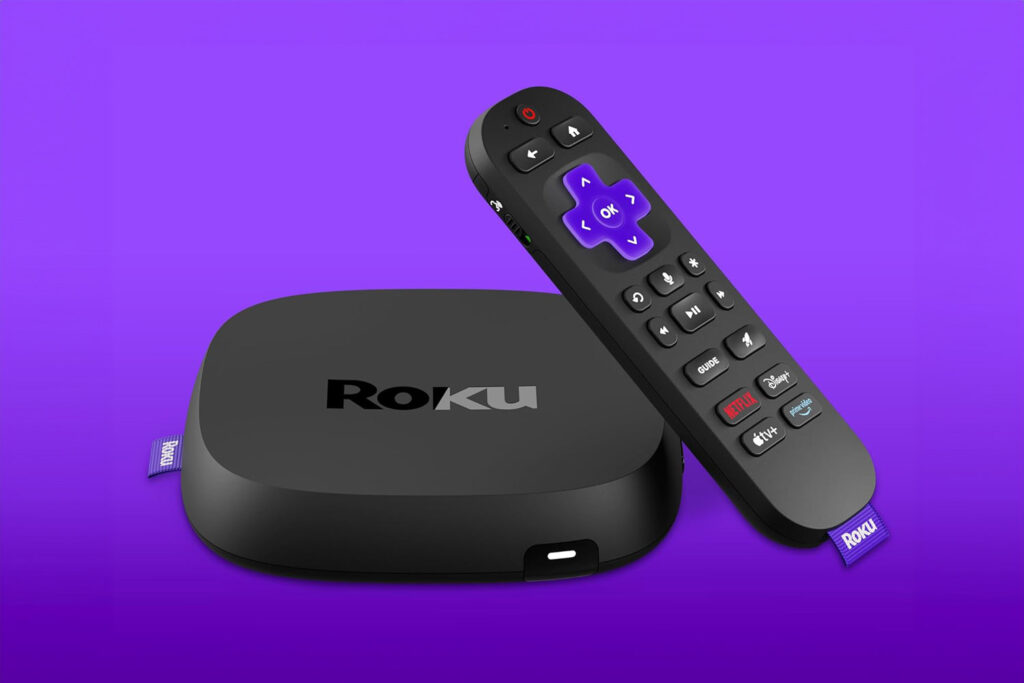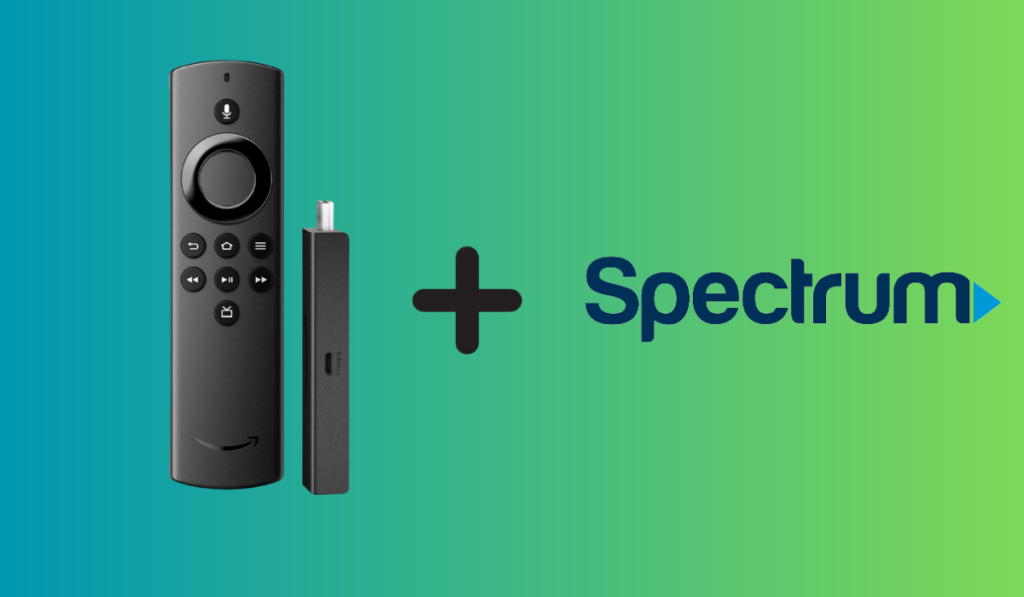In this post:
- First: See If Your DVD Player and TV Both Have HDMI
- Figure Out The Output Options On The DVD Player
- Figure Out The Input Options On Your TV
- If Necessary, Consider A Converter
- Is Component/Composite Better Than HDMI (Which To Use)?
- Connecting the DVD Player to the TV + Setup Steps
- 4 Common Issues When Connecting a DVD Player to a Smart TV and How to Fix Them
- Enhancing Your Home Theater Experience
- Related Questions
Adding a DVD player to your entertainment setup not only provides access to physical DVDs but also offers a budget-friendly alternative to streaming services. But how exactly do you integrate these two devices, especially with the advanced features of modern smart TVs?
The best, fastest way to connect a DVD player to a smart TV is by using an HDMI cable. If either device doesn't have an HDMI port, then RCA, Component, or Composite video cables are alternative options. Converters exist to go to and from HDMI from these older options.
In this article, we'll explore the best methods to connect your DVD player to your Smart TV, focusing on the simplicity of HDMI connections while also delving into alternative options like RCA, component, or composite cables. Additionally, we'll cover some tips for common issues as well as enhancing your home theater experience.
First: See If Your DVD Player and TV Both Have HDMI

Using a DVD player with your Smart TV can expand its options, allowing you to enjoy physical content you own, and allowing you to keep streaming when the internet is out. The easiest and most common solution to connect a DVD to a TV is to use an HDMI cable.
If both devices have HDMI ports, then all that's needed is an HDMI cable like this one (on Amazon) to connect them. Simply plug one end of the HDMI cable into the HDMI port on your DVD player and the other end into the HDMI port on your smart TV.
However, if your TV or DVD player is a bit older and doesn't have HDMI ports, don't worry. There are alternative options that we'll discuss in the next sections.
Figure Out The Output Options On The DVD Player
Most DVD players, like this one (on Amazon), have a few different output options, and knowing which one to use will depend on the type of TV you have and the cables you have available.
The most common output options on a DVD player are HDMI, RCA, and component video. HDMI is preferred, as mentioned above, but if you don't have that you now need to figure out which of the other options you do have.
RCA cables are the red, white, and yellow cables that you may have used to connect older devices to your TV. They won't be as high-quality as HDMI, but they'll still provide a decent picture and sound.
Lastly, some DVD players have a component video output, which uses typically 5 cables to transmit the video signal. This is a step up from RCA cables, but not as good as HDMI. If your DVD player has a component video output and your TV has a matching input, you can use this option. But does the TV have those same input ports…?
Figure Out The Input Options On Your TV
Most modern TVs have multiple input options, including HDMI, RCA, and components. A few slimmer options have started to ditch RCA and components altogether, packing in as many as 4 HDMI ports instead. Just look around the perimeter of your TV, as well as the actual back, and you'll find a cluster of ports that should start to look very similar to the back of the DVD player.
Now we have the same project as above: examine those ports and figure out what the input options you have are. But, what if they don't have matching ports?
If Necessary, Consider A Converter
If your DVD player and Smart TV don't have compatible ports, you might need a converter. For instance, if your DVD player only has a component video output, but your Smart TV only has HDMI ports, you'll need a component-to-HDMI converter. One example of a converter that we recommend is the Portta YPbPr Component RGB + R/L to HDMI Converter (on Amazon).
A converter will allow you to connect your DVD player to your Smart TV without having to replace either device. However, remember that converters can sometimes cause audio or video quality issues, so it's important to choose a high-quality converter like the Portta YPbPr Component RGB + R/L to HDMI Converter.
Is Component/Composite Better Than HDMI (Which To Use)?

When it comes to connecting your DVD player to your Smart TV, you may be wondering which cable to use. Component (also known as “Composite”) cables are older technologies that can still be used, but HDMI is the better choice.
HDMI transmits both audio and video signals in one cable, offering superior picture quality and surround-sound audio. Component cables require three cables for video and two for audio, while composite cables combine audio and video in one cable but lack support for HD content or progressive scan images.
When purchasing an HDMI cable, make sure to choose a high-quality cable that is compatible with both your DVD player and Smart TV. We recommend this cable (on Amazon), which is available in a variety of lengths to suit your needs.
Connecting the DVD Player to the TV + Setup Steps
Here are the steps to connect your DVD player to your smart TV.
Connect the Cables
First, connect the HDMI cable to the HDMI port on your DVD player. Then, connect the other end of the HDMI cable to the HDMI port on your smart TV. If your DVD player or TV doesn't have an HDMI port, you can use a composite or component cable instead.
Connect the yellow, red, and white RCA cables to the corresponding ports on your DVD player and TV, as well as any other colored component cables.
Power On the Devices
Once you have connected the cables, plug in the power cable for your DVD player and TV. Turn both devices on.
Set The TV's Input Channel
To find the input options on your TV, look for a button labeled “Input” or “Source” on your TV remote. Pressing this button will bring up a list of input options on your TV screen. Use the arrow buttons on your remote to navigate to the input option that matches the cable you're using to connect your DVD player.
If using HDMI, select “HDMI” as the input option. For RCA cables, choose “AV” or “Composite”, and for component cables, select “Component” or “YPbPr”. After selecting the correct input option, you should see the DVD player's video output on your TV screen.
Test-Play A DVD

Insert a DVD into your DVD player and press play to test if the connection is working correctly. If everything is working correctly, you should see the video on your TV. If not, double-check the cable connections and make sure you have selected the correct input channel.
Note that we also have guides on how to add more HDMI ports to your TV and how to extend the length of your HDMI cable, if needed.
4 Common Issues When Connecting a DVD Player to a Smart TV and How to Fix Them
When connecting a DVD player to a smart TV, there are a few common issues that might arise. Here are four common problems and how to fix them.
No Sound
If you're not getting any sound from your DVD player, the first thing to check is the audio settings on both devices.
Make sure that the TV is set to receive audio from the correct input and that the DVD player is set to output audio through the correct port. It's also important to ensure that the cable connection is correct. If you're using an HDMI cable, make sure it's securely plugged in at both ends.
No Video
If you're not getting any video from your DVD player, the first thing to check is the video settings on both devices. Make sure that the TV is set to receive video from the correct input and that the DVD player is set to output video through the correct port.
It's also important to ensure that the cable connection is correct. If you're using an HDMI cable, make sure it's securely plugged in at both ends.
Remote Control Issues
If you're having trouble with your remote control, there are a few steps to take so you can ensure that it's working properly. First, make sure that the batteries are fresh and installed correctly. If that doesn't work, try resetting the remote control or reprogramming it to work with your DVD player and TV.
It's also possible that there may be interference from other devices in the room, so try moving the remote control closer to the devices or removing any other electronics that might be causing interference.
Enhancing Your Home Theater Experience
Now that you've successfully connected your DVD player to your smart TV, it's time to take your home theater experience to the next level. Here are a few recommendations for additional home theater equipment so that you get the most out of your setup:
- Sound Systems: Enhance your movie experience with a dedicated sound system like a soundbar or surround sound. Consider the Bose Soundbar 700 (on Amazon) for example, for its exceptional sound quality.
- Screen Projectors: Elevate your home theater with a screen projector for a true cinema-like experience. Check out the Epson Home Cinema 2150 (on Amazon) for vibrant picture quality.
In addition to these equipment recommendations, here are a few suggestions on how to make the most of your home theater setup:
- Optimize Your Viewing Environment: Make sure your viewing environment is optimized for the best possible picture quality. This means minimizing ambient light, adjusting your TV's picture settings, and ensuring that your seating is positioned at the optimal viewing distance.
- Invest in Comfortable Seating: A comfortable seating arrangement is essential for a great home theater experience. Consider investing in a comfortable couch or recliner, and add some throw pillows and blankets for added comfort.
- Stock Up on Snacks: No home theater experience is complete without some delicious snacks. Stock up on your favorite movie snacks, like popcorn, candy, and soda, to get into the movie-watching spirit.
By trying some of this out, you can create a truly immersive and enjoyable home theater experience that you'll love coming back to time and time again!
Related Questions
Are All DVDs Compatible With All Smart TVs?
Yes, most DVDs are compatible with most TVs as long as the TV has the appropriate input connections (such as HDMI, composite, or component). However, older TVs may not support newer DVD formats, such as Blu-ray discs.
Can You Use a USB To Connect TV With DVDTo A Smart TV With USB?
You typically cannot connect a DVD player directly to a smart TV using a USB cable for video playback. USB ports on smart TVs are often for connecting external storage devices like flash drives or hard drives to access media files, not for connecting external players like DVD players.
Is There Such A Thing As A Wireless DVD Player?
No, there isn't a DVD player that operates entirely wirelessly without any physical connections to a TV or power source.





